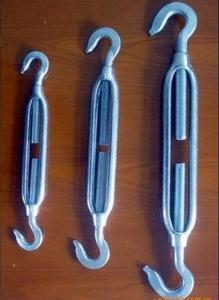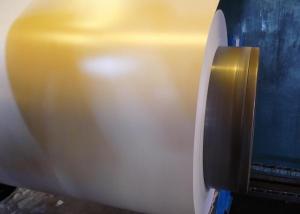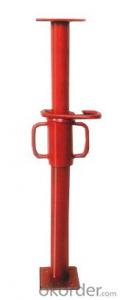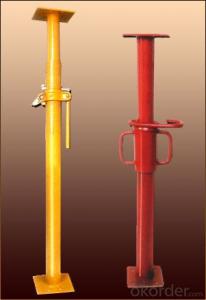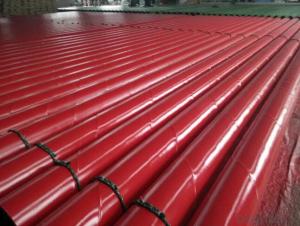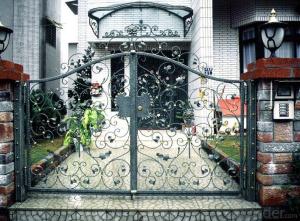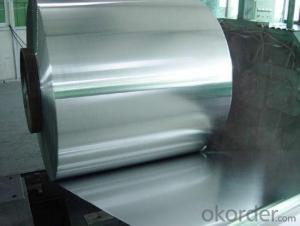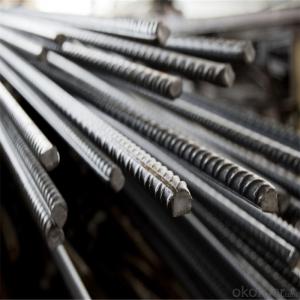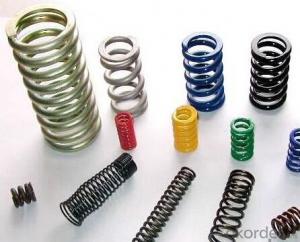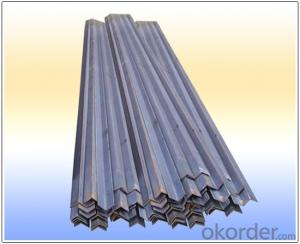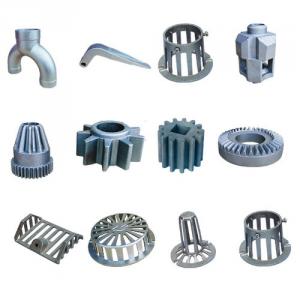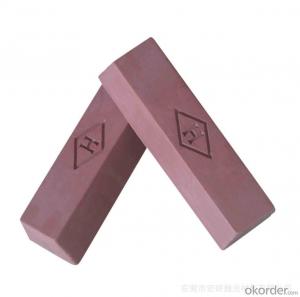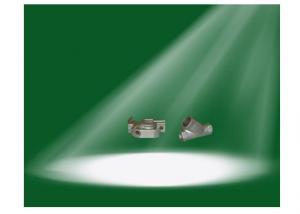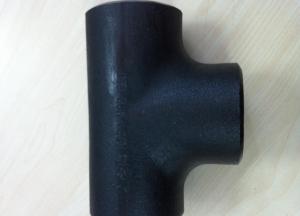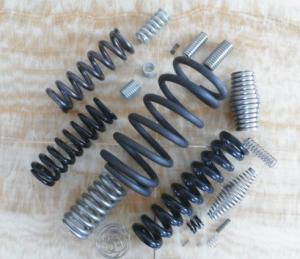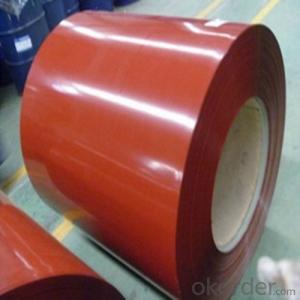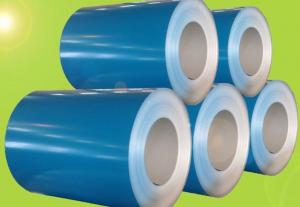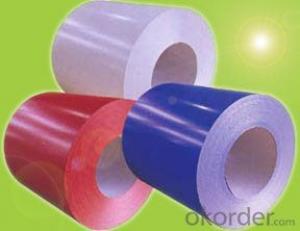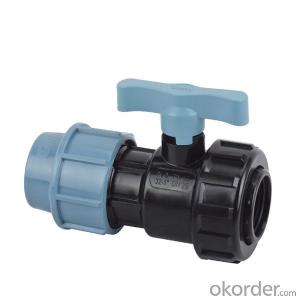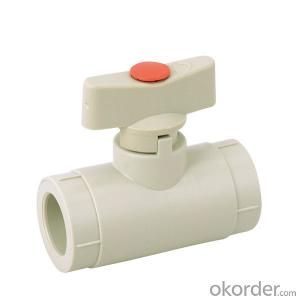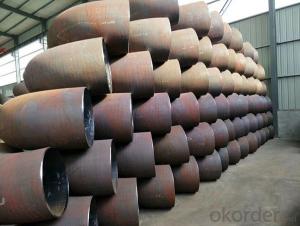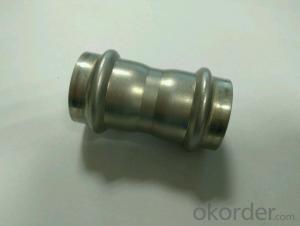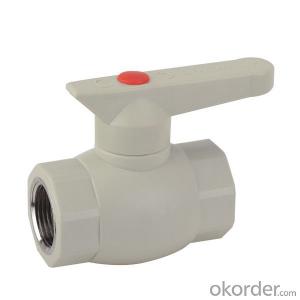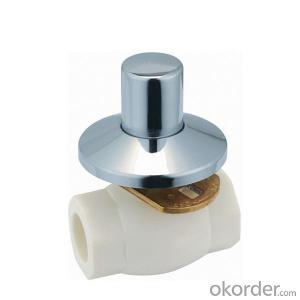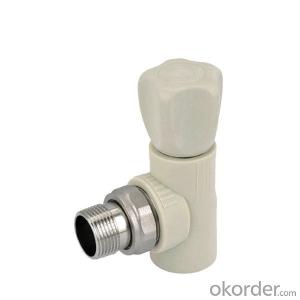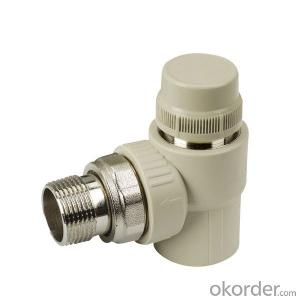Anodizing Stainless Steel
Anodizing Stainless Steel Related Searches
Anodize Stainless Steel Anodized Stainless Steel Annealing Stainless Steel Painting Stainless Steel Sublimation On Stainless Steel Stainless Steel Coating Sublimating On Stainless Steel Painting On Stainless Steel Forging Stainless Steel Engraving Stainless Steel Blackening Stainless Steel Casting Stainless Steel Tarnishing Stainless Steel Stainless Steel Oxidation Stainless Steel Oxidize Drilling Stainless Steel Milling Stainless Steel Etching Stainless Steel 3d Printing Stainless Steel Painting Of Stainless Steel Drilling Into Stainless Steel Stainless Steel Molding Piercing Stainless Steel Annealed Stainless Steel Bending Stainless Steel Stainless Steel Restoration Pitting On Stainless Steel Powder Coating Stainless Steel Stainless Steel Engraving Brazing Stainless SteelAnodizing Stainless Steel Supplier & Manufacturer from China
Anodizing Stainless Steel is a surface treatment process that enhances the durability, corrosion resistance, and aesthetic appeal of stainless steel products. This process involves applying an electric current to the stainless steel, causing a controlled oxidation that forms a thin, protective oxide layer on the surface. The result is a product with improved resistance to wear, scratches, and environmental factors, making it suitable for a wide range of applications.Anodizing Stainless Steel is widely used in various industries, including automotive, aerospace, architectural, and consumer goods. Its applications range from automotive components and aerospace parts to architectural facades and household appliances. The anodized surface not only provides a protective layer but also offers a visually appealing finish, with the ability to achieve a variety of colors and textures. This makes it an ideal choice for both functional and decorative purposes, enhancing the overall appearance and performance of the products.
Okorder.com is a leading wholesale supplier of Anodizing Stainless Steel, offering a vast inventory of high-quality products to cater to the diverse needs of customers. With a commitment to providing exceptional service and competitive pricing, Okorder.com ensures that customers have access to a reliable source for their Anodizing Stainless Steel requirements.
Hot Products

